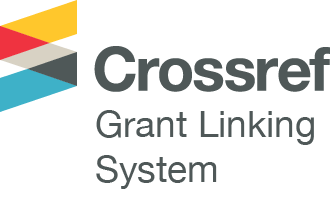2025 December 03
Metadata in editorial workflows
Background
Scholarly metadata, deposited by thousands of our members and made openly available can act as “trust signals” for the publications. It provides information that helps others in the community to verify and assess the integrity of the work. Despite having a central responsibility in ensuring the integrity of the work that they publish, editorial teams tend not be fully aware of the value of metadata for integrity of the scholarly record. How can we change that?















